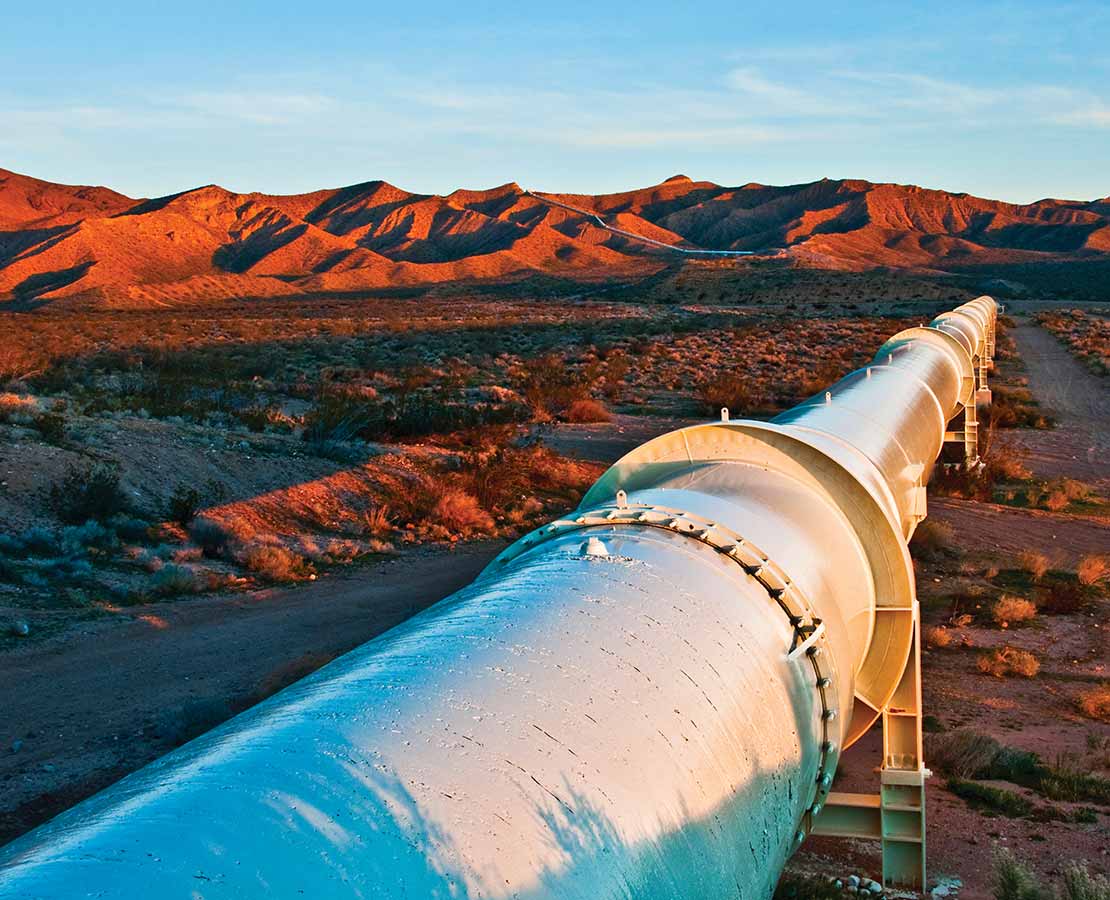Heavy oils in their natural state can be difficult to recover with ordinary production methods, and production costs sometimes outweigh the potential for profit. New efforts and techniques to reduce viscosity prove successful, alleviating the higher costs associated with producing heavy crude. This blog will discuss viscosity, how it affects production, and methods to reduce viscosity.
What is Viscosity?
Viscosity is a measurement of a liquid’s resistance to flow. When the viscosity is low, the easier the fluid will flow, and vice versa. Several factors influence the viscosity of crude oil:
- Carbon atoms - Heavy oil’s viscosity measurement is related to the number of carbon atoms and the amount of gas dissolved in the oil. Heavy oil has high viscosity due to the presence of asphaltenes, sulfur, and heavy metals that increase its thickness and, therefore, its viscosity.
- Dissolved gasses and pressure - Dissolved gasses, pressure and the bubble point can all affect viscosity of a fluid. Viscosity increases when a decrease in pressure occurs because of the release of the dissolved gasses below the bubble point. If pressure is above the bubble point, the viscosity will increase with an increase in pressure due to the compression of the liquid.
- Temperature - As temperature increases, viscosity decreases. When the average temperature of crude is low, greater power is required for pumping.
Reducing Viscosity
Reducing the viscosity of oil in production results in lower pumping requirements, which means lower production costs and reduced greenhouse gas emissions. Not only will reducing viscosity save money, but it also provides opportunities to excavate crude previously considered undesirable.
Producers must find new ways to produce heavy viscous crude. The most effective production techniques reduce viscosity, enabling oil to flow through a well or pipeline. Industry methods for reducing viscosity commonly include:
- Dilution - Adding lighter weight hydrocarbons like conventional light crude or condensates from natural gas production reduces the viscosity of heavy crude. However, this process consumes large quantities of valuable commercial products.
- Emulsion with water - Dispersing heavy oil in water improves flow characteristics. This strategy also requires the addition of stabilizing agents to stabilize the emulsions.
- Heat - Applying external heating significantly reduces viscosity. Maintaining the temperature throughout extraction and transport is necessary to maintain proper flow assurance.
- Chemical additives - Adding inhibitors, dispersants, and scavengers continuously during production prevents carbon atoms from bonding. Unable to bond, the atoms disperse, improving the flow of heavy crude. Our proprietary inhibitor LamFloⓇ breaks the molecular bonds of the carbon atoms that increases the viscosity of the crude.
LamFloⓇ Reduces Viscosity
LamFloⓇ is a preventative treatment inhibitor for viscosity reduction that increases flow and performance. LamFloⓇ reacts with asphaltenes and breaks apart their matrix chains. It modifies the asphaltene matrix and suspends longer hydrocarbon chains, resulting in reduced viscosity of heavy oils. When added early in production and pumped continuously, LamFloⓇ has long-lasting results in:
- Reducing viscosity
- Lowering pour point temperature by 30-40 degrees
- Breaking apart asphaltenes and preventing them from reforming
- Increasing the flow capabilities of low API gravity oils
In addition to ensuring optimal flow for heavy crude, bitumen, and other heavy asphaltenic oils, LamFloⓇ is environmentally responsible. It is biodegradable, BTEX-free and has an excellent environmental profileLamFloⓇ is the right choice to increase production and profit while protecting the environment from harsh chemicals.
Contact us to get started.




